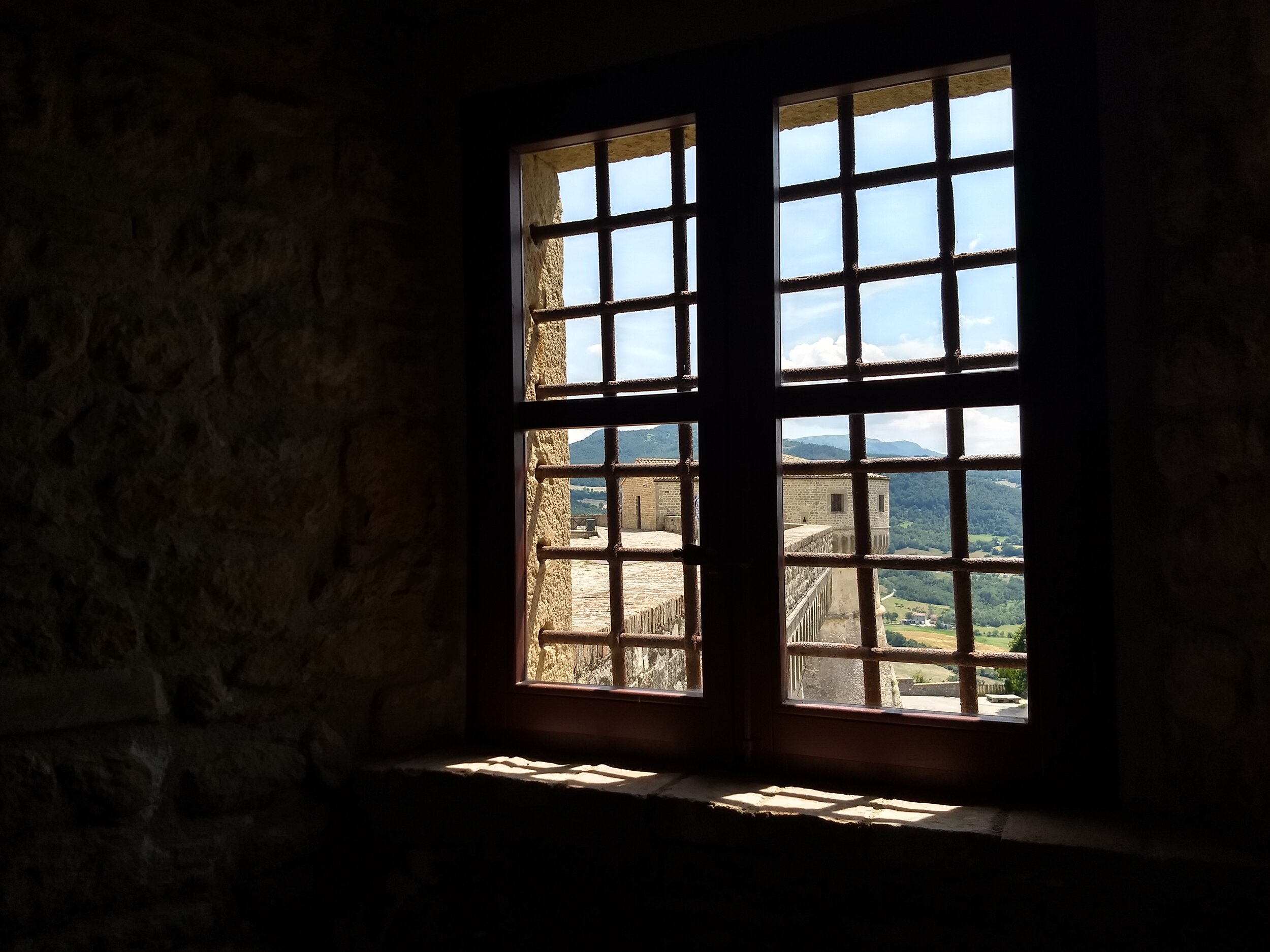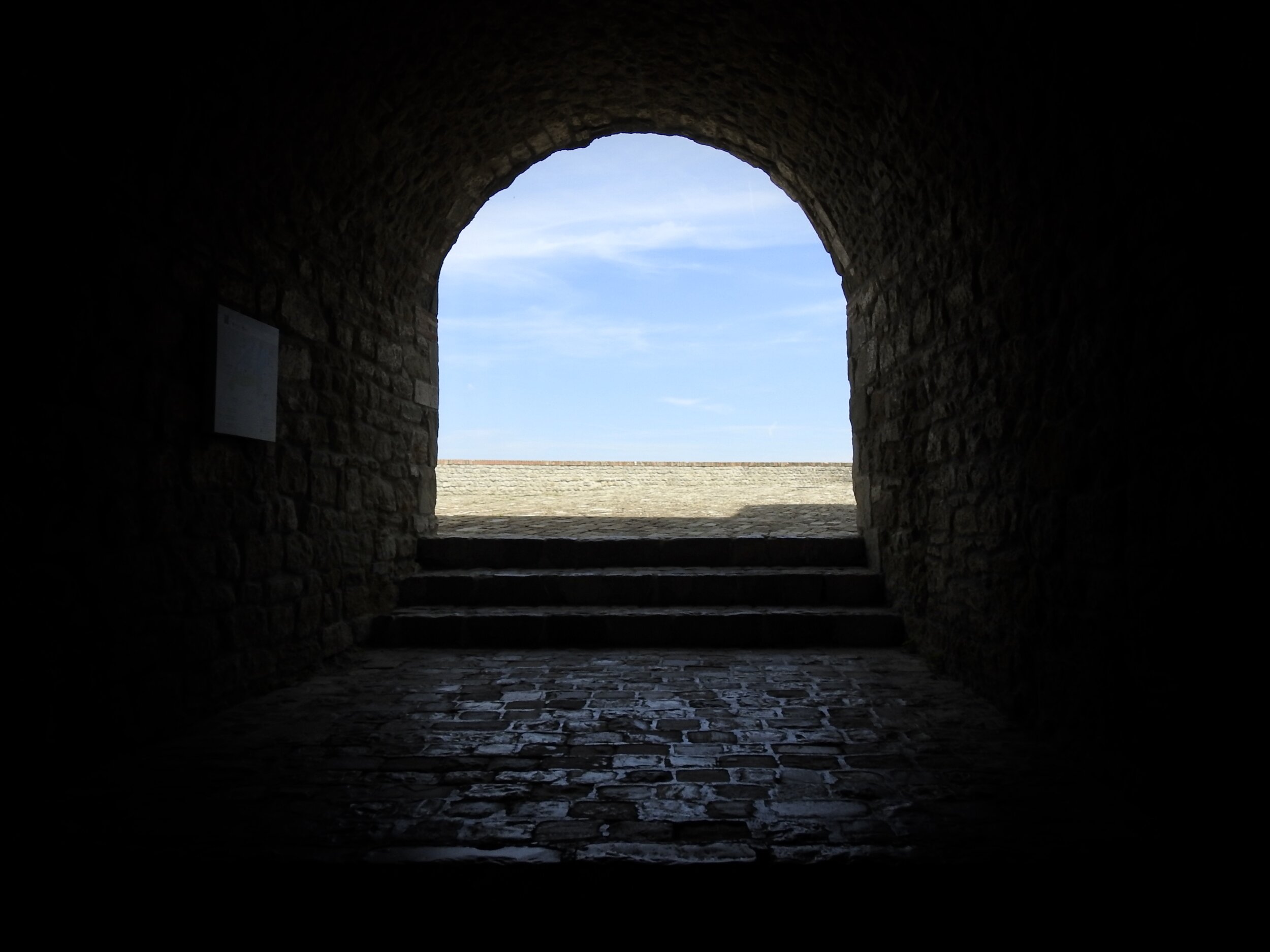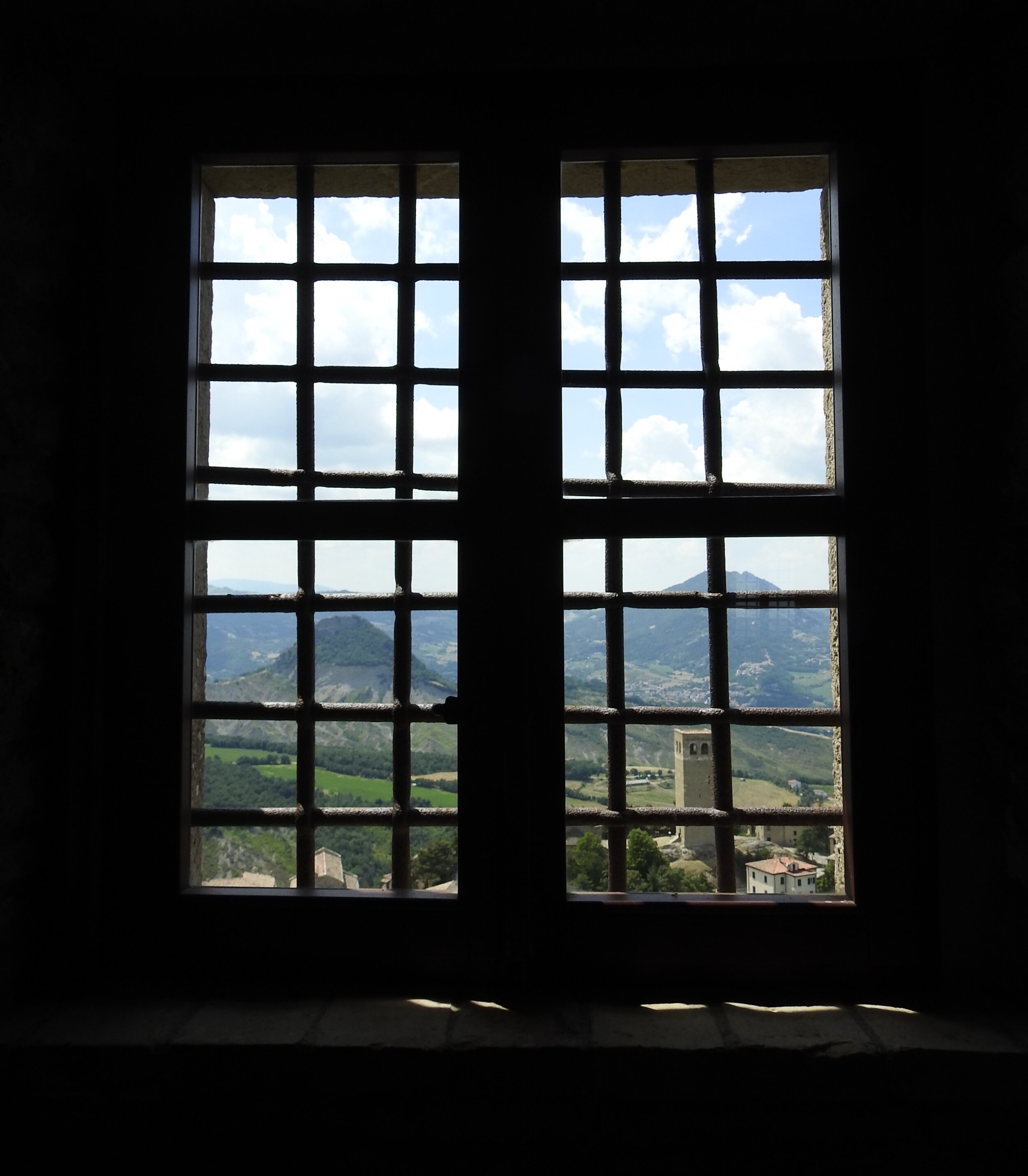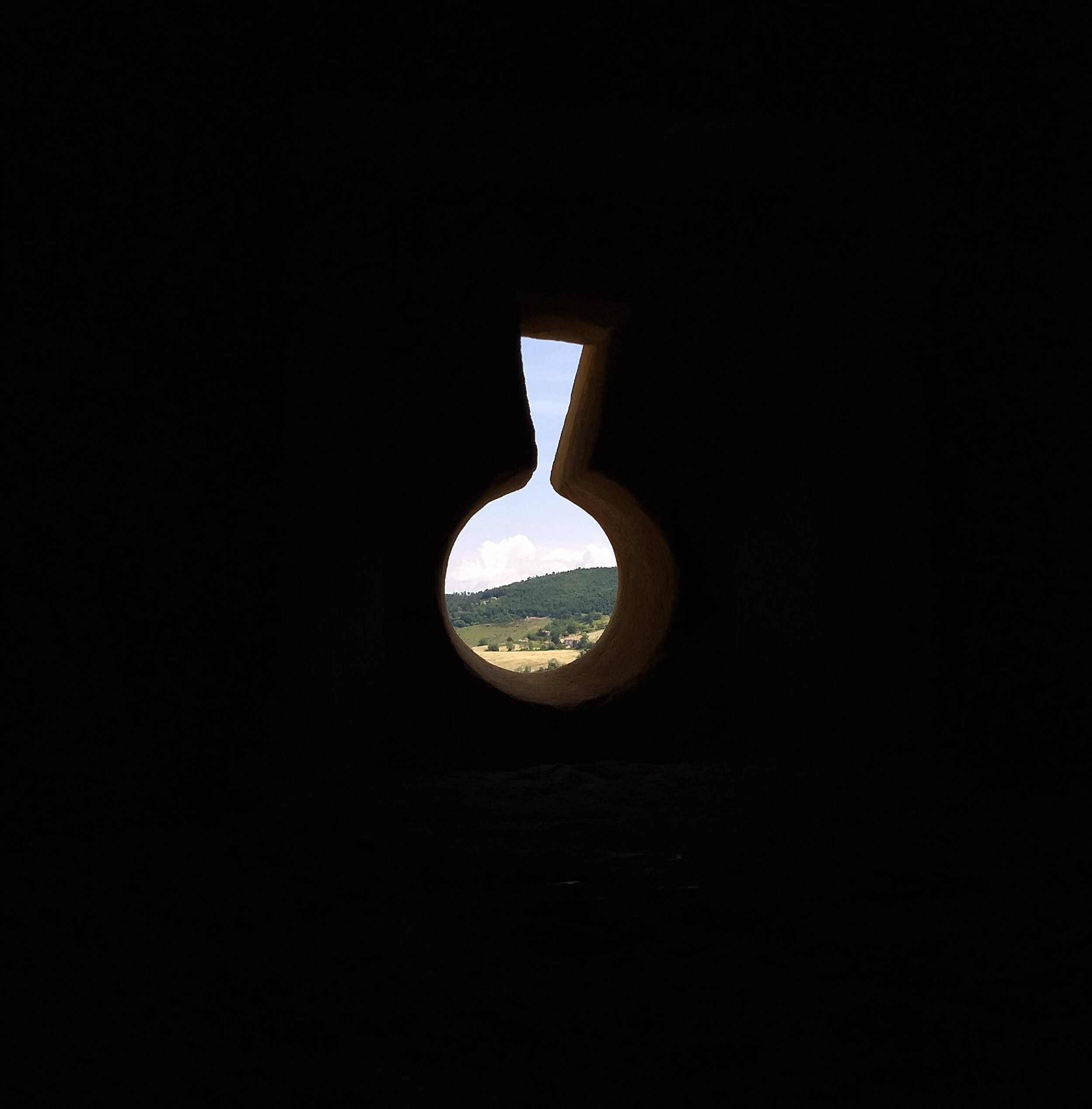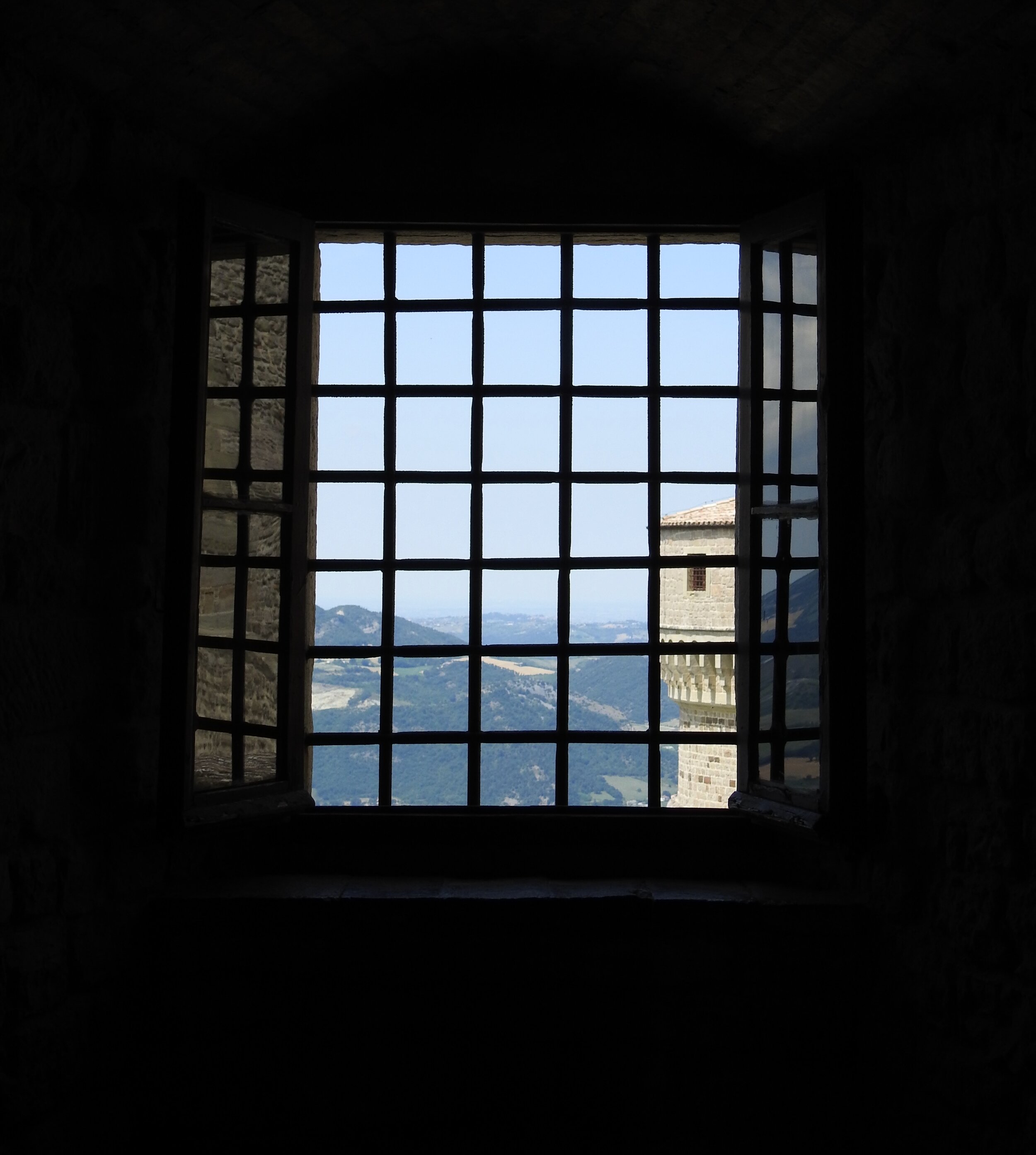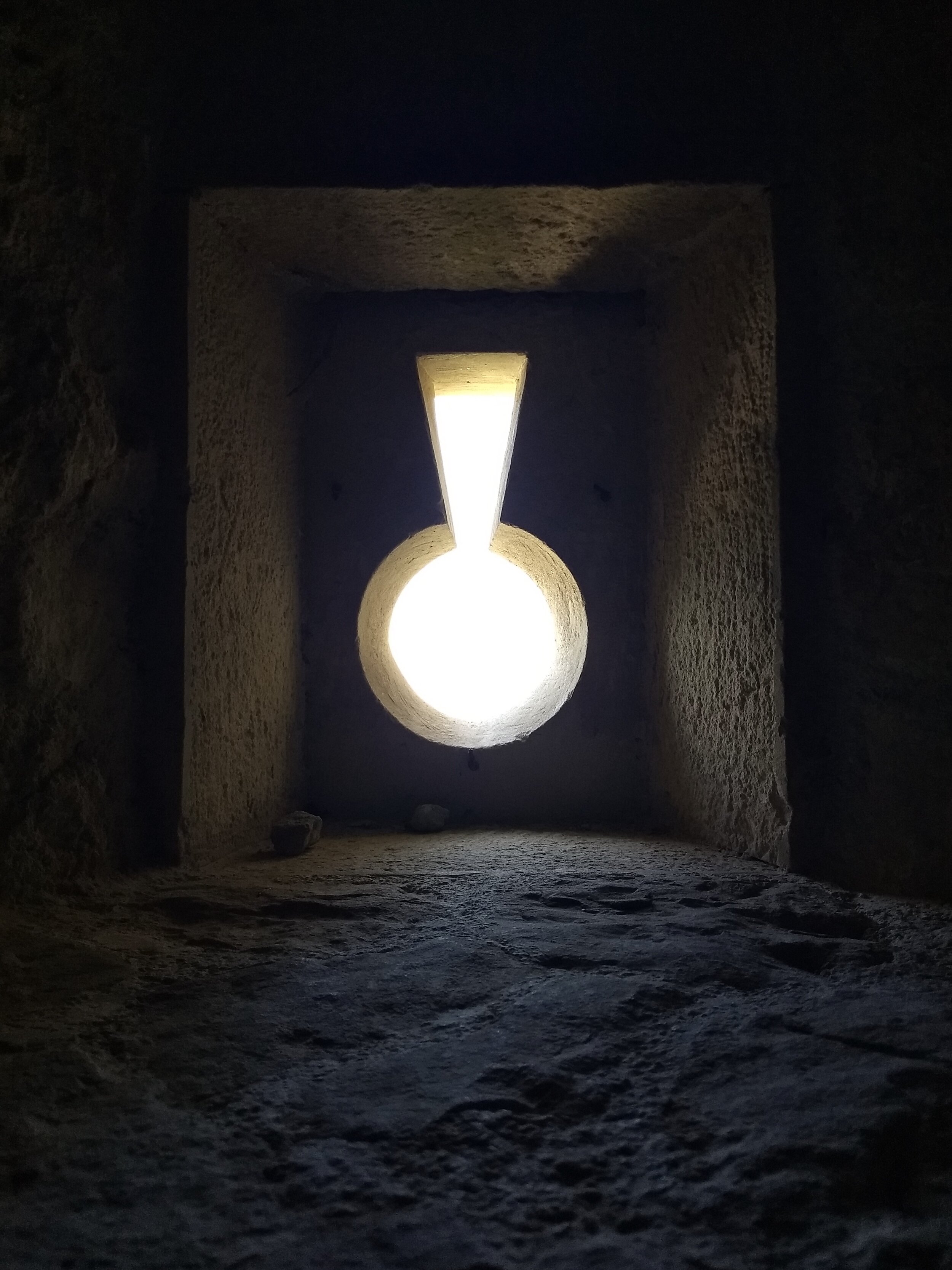Heavenly Venus, first half of the 2nd century (head), 1st–2nd century (torso), 16th century (additions)
Berlinde de Bruyckere, Self-Portrait, 2010
Roman replica of Hellenistic original, Colossal Head of a Sea God, 2nd century
Shadow of classical statue (probably Roman copy of the ancient Greek Discobolus by Myron)
Greek, Gaddi Torso, 1st century BCE
Roman, Young Dionysus with a Panther, first half of the 2nd century with late-Renaissance restorations, likely by Giovanni Caccini (1556–1613)
Anne Seymour Damer, Self-Portrait, 1778
Shadow of the Medici Venus, late 19th century plaster cast of classical marble
Venus Victrix or Belvedere Venus, first half of the 2nd century (body), mid-2nd century (head)
Hellenistic, Head of the so-called “Dying Alexander,” late 2nd century BCE











